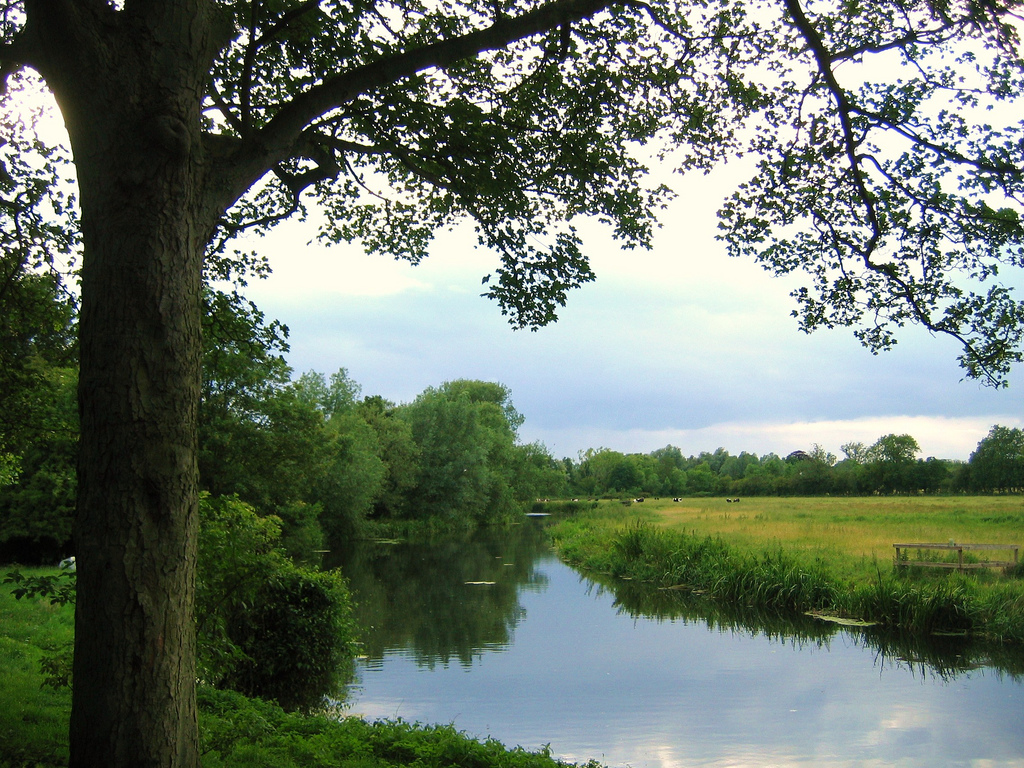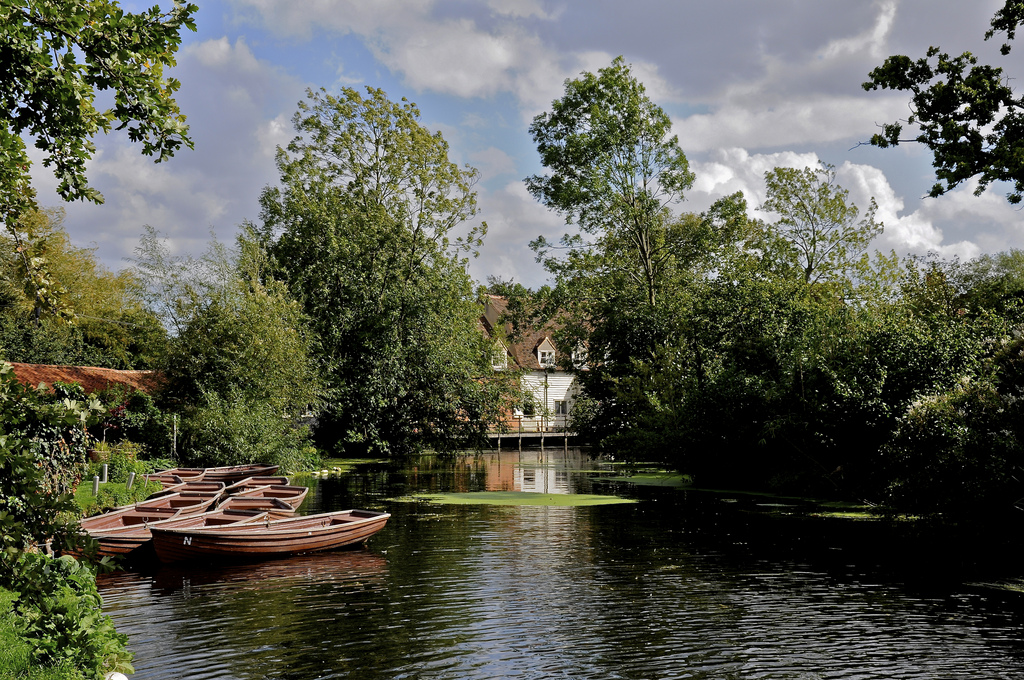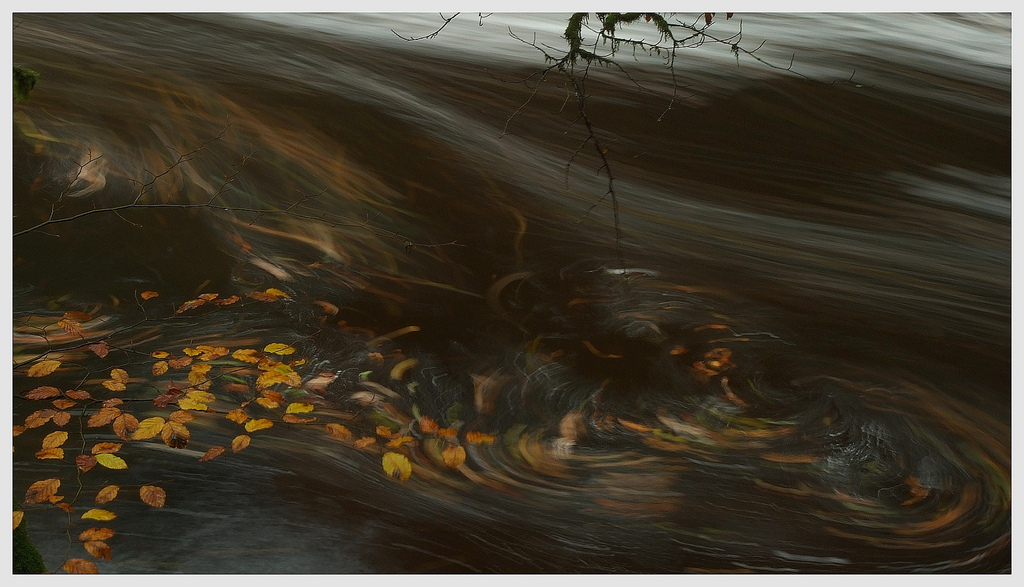One day on Twitter, certain science bloggers (see below) who began life on the dark side, in the humanities, happily discovered a shared taste for classic mystery writers. We thought we might write a series of posts, all on the same day, about the science in mystery books.
 Mine is by Josephine Tey, “To Love and Be Wise,” and in it, an eerily-handsome young man, a photographer, disappears while camping near a river with an author who is presumed to have pushed him in. The problem is, the river won’t give him back.
Mine is by Josephine Tey, “To Love and Be Wise,” and in it, an eerily-handsome young man, a photographer, disappears while camping near a river with an author who is presumed to have pushed him in. The problem is, the river won’t give him back.
 The book mostly takes place in a small fictional village called Salcott St. Mary, an “artistic thieves-kitchen,” Tey says, occupied by painters, actors, and authors with whom Tey hasn’t much sympathy. The beautiful photographer and one of the authors decide to collaborate on a book to be called “Canoes on the Rushmere,” for which they’ll put a canoe in at the head of a local river called the Rushmere and paddle down to the port at its foot, respectively taking photos and penning poignant essays as they go. The Rushmere begins in hills, meanders through a flat valley past farms and villages, then flows through marshes until it reaches the sea. Halfway along the course, in the flat valley, is Salcott St. Mary. The two men make it to Salcutt, set up camp for the night on the Rushmere’s banks, go into town to find a pub, quarrel publicly about the author’s fiance, leave separately, and in the morning, the photographer is missing.
The book mostly takes place in a small fictional village called Salcott St. Mary, an “artistic thieves-kitchen,” Tey says, occupied by painters, actors, and authors with whom Tey hasn’t much sympathy. The beautiful photographer and one of the authors decide to collaborate on a book to be called “Canoes on the Rushmere,” for which they’ll put a canoe in at the head of a local river called the Rushmere and paddle down to the port at its foot, respectively taking photos and penning poignant essays as they go. The Rushmere begins in hills, meanders through a flat valley past farms and villages, then flows through marshes until it reaches the sea. Halfway along the course, in the flat valley, is Salcott St. Mary. The two men make it to Salcutt, set up camp for the night on the Rushmere’s banks, go into town to find a pub, quarrel publicly about the author’s fiance, leave separately, and in the morning, the photographer is missing.
The police drag the Rushmere and find nothing. And they never will, says Salcott St. Mary’s oldest inhabitant, whose nose nearly touches his chin: “‘No use you draggin’ any furner’n the village,'” he tells the police, “‘She go slow there. Tired, like. . . Drops everything she be carrying into the mud.”
“‘Why?” says our hero, the London detective come to investigate the disappearance. “Don’t you believe there is a body there?'”
“‘Oh, ah! Body there all right. But that mud there, it don’t give up nothin’ ‘cept in its own time.'”
The mud is “powerful sticky,” explains the oldest inhabitant” “immemorial mud,” say the local police. Later, the local police tell the detective that in the last forty years, five people have drowned in the Rushmere, three in the river below Salcutt, two above. The bodies below Salcutt turned up a day later; the bodies above Salcutt never did.
In the midst of horror at the photographer’s dismal fate, I got sidetracked: what’s so special about the river at Salcutt?
I spent more time than I’m going to admit to, trying to find the actual location Tey describes: her details are too good to be entirely fictional and maybe if I knew the location I could look up the geology. I’ve decided that the locale she calls Orfordshire is Suffolk: Tey’s grandmother was raised there, it’s driving distance from London, has several place names that coincide with the book’s (Rushmere is an area outside Ipswich, Orford is a town on the coast), and has exactly the same terrain. Several rivers rise in the low hills of central Suffolk and meander generally east and south through their valleys. The valleys were cut partly by the last glaciers, maybe 450,000 years ago, which melted and dropped sand and clay into the valley floors. The rivers then cut the valleys farther, carrying glacier-laid soil as sediment: sticky clay and fine silt together making sticky, fine mud.
So far, so good: I’ve got the “powerful sticky mud” into the Rushmere at Salcutt St. Mary. But why would sticky mud give up a drowned body below the village but not at it? My geology book says that sediment settles out of a river to the bottom by size: heavier grains first, lighter last. (One of geology’s delights is that it makes sense.) Certainly the poor photographer’s body would settle out fast. Why couldn’t he be dredged back out? No clue.
In frustration, I called up a fluvial geomorphologist (just what it sounds like: river, earth, shape, someone who knows how rivers shape earth). I read him the geological parts of Tey’s book. He explained what I had left out: deposition and gradient, how much sediment gets deposited and how steep is the river’s grade. The lower its gradient, the slower the river flows and the more of its sediment settles out.
 So, said the fluvial geomorphologist, right at Salcutt St. Mary’s, the Rushmere’s gradient must change: it’s flat above the village, steep below. Just like the oldest inhabitant said: above the village, she go slow, drops everything she be carrying into the mud. Including the poor beautiful photographer. He’d settle to the bottom, get buried by the next load of sediment, which would get buried by the sediment after that. And all that sediment dropped above the village would leave less to settle out below it; and anything falling in is less likely to be buried and easier to dredge out.
So, said the fluvial geomorphologist, right at Salcutt St. Mary’s, the Rushmere’s gradient must change: it’s flat above the village, steep below. Just like the oldest inhabitant said: above the village, she go slow, drops everything she be carrying into the mud. Including the poor beautiful photographer. He’d settle to the bottom, get buried by the next load of sediment, which would get buried by the sediment after that. And all that sediment dropped above the village would leave less to settle out below it; and anything falling in is less likely to be buried and easier to dredge out.
Question answered. But the fluvial geomorphologist had more to say. He’d guess that the gradient difference is at Salcutt because Salcutt was built at the gradient difference; the place at which the water speeds up would be a good place for a mill. He also said that all those movies about people sinking into quicksand until only their hands are visible are wrong. Bodies are buoyant, less dense than sand and water, and they’ll sink only so far. (So sucks be to you, Peter Wimsey and Sherlock Holmes.) Same for mud: the photographer disappeared because he got stuck in the mud and then buried.
I was relieved to learn these things, and I returned to Tey’s plot. It turns out (this is really not a giveaway) that the photographer couldn’t have been dredged out of the river in any case because he was never in it. Ha. The moral I take from all these researches is, fall into rivers below a grade change; and if I have to choose one kind of scientist to shrink down and carry in my pocket everywhere, it might be a fluvial geomorphologist.
_______
Thanks to the gracious Peter Wilcock, Johns Hopkins Department of Geography and Environmental Engineering.
The Science of Mysteries series: Deborah Blum on Dorothy Sayers’ Strong Poison; Jennifer Ouellette on Sayers’ The Nine Tailors (in Cocktail Party Physics), on Jane Langton’s Dark Nantucket Noon (in Discovery News), and on Josephine Tey’s The Singing Sands (also Cocktail Party Physics).
Photo credits, in order: of Suffolk, UGArdener; Martin Pettitt; of water, stuant63
5 thoughts on “The Science of Mysteries: Watch Where You Fall In”
Comments are closed.